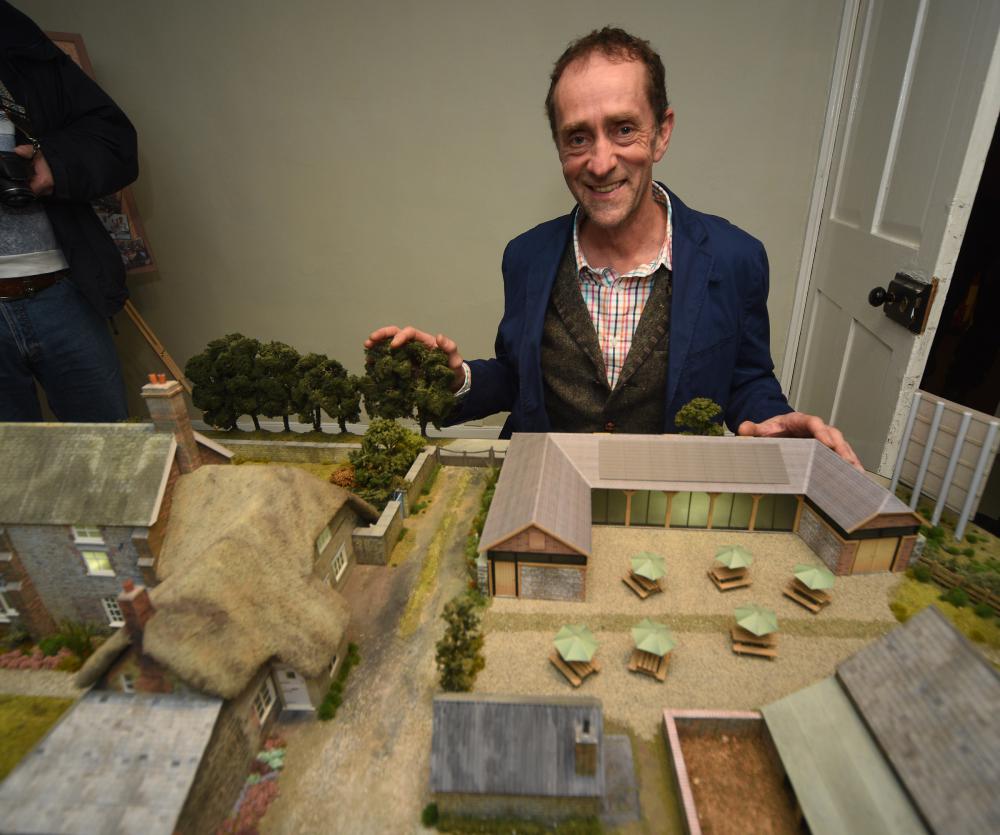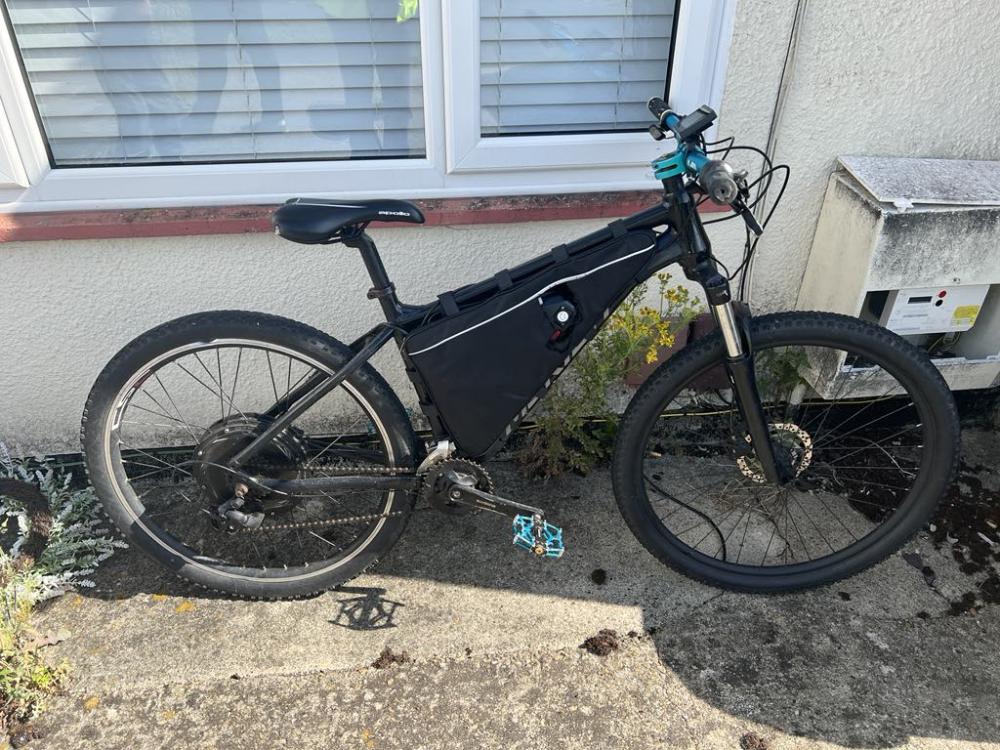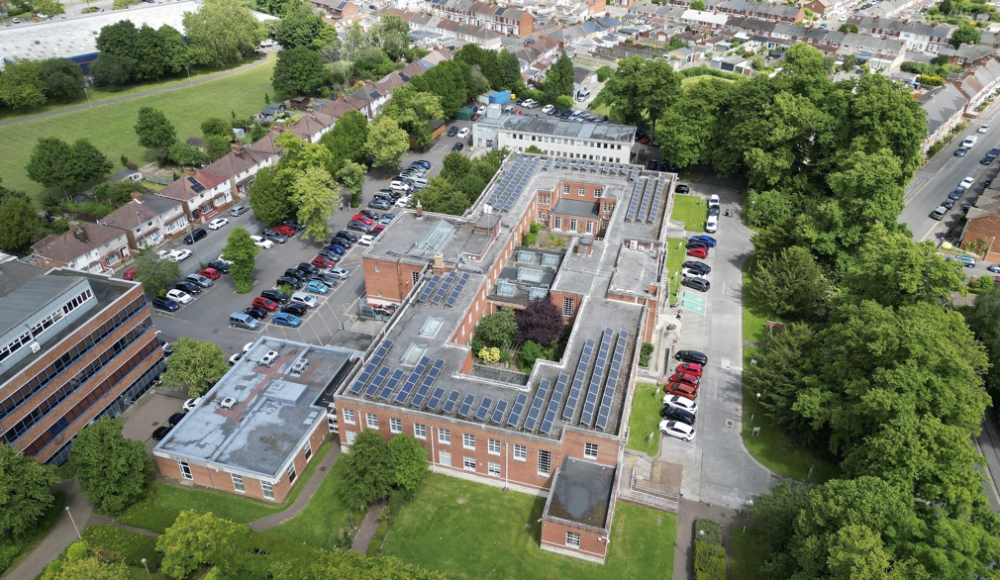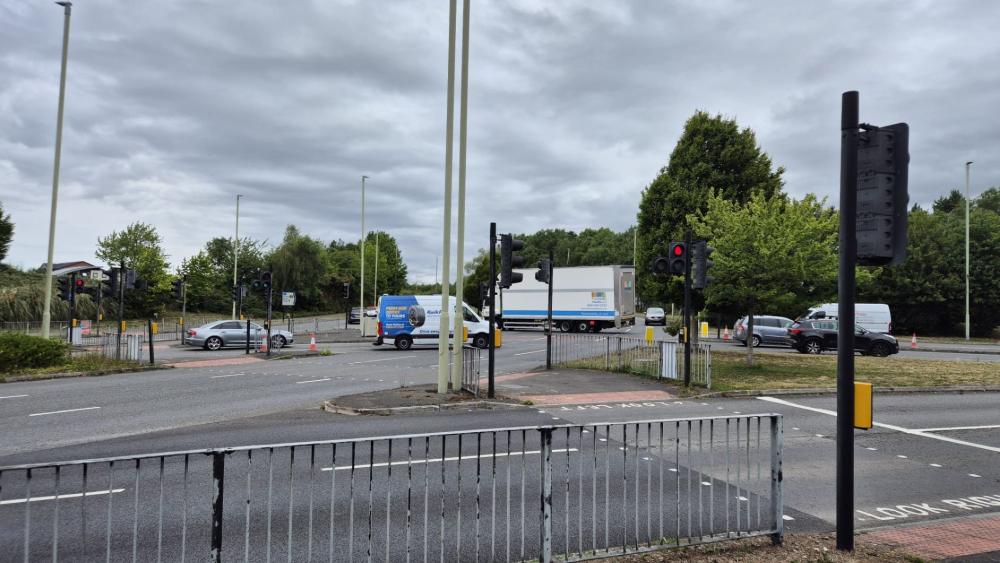One of Swindon’s best-loved museums has unveiled ambitious plans to transform its former cowshed into an eco-friendly attraction to accommodate an influx of visitors.
Plans for a new extension at Coate Water's Richard Jefferies Museum hope to combine Swindon's heritage with an eco-friendly future and forward-looking approach.
Last year the museum, the birth place of Victorian writer and ecologist Richard Jefferies, saw an increase of visitors from 800 up to 15,000. With the increase in popularity to the site, volunteers and the museum's director, Dr Mike Pringle, are seizing the opportunity to apply for a grant of up to £250,000. If Swindon Borough Council back the plans, and the grant is obtained, the museum could open up to more local community groups as well as its current history enthusiasts.
The council-owned site was taken over as a charity in 2014 and receives the bulk of its funding from the Arts Council England and National Lottery Heritage Fund.
The museum already plays host to local community groups from poetry clubs and toddler groups to art workshops, with plans for a new glass-fronted building to be opened to the wider community that could see the likes of live music, outside theatre and palates groups.
Based on the original architecture of the cowshed, Dr Mike Pringle says this will be a forward-thinking development to combine Swindon’s history with a progressionist outlook.
At a recent formal unveiling, the public saw a first glimpse of the 3D model which proposes to use sustainable materials to create a hall which could see a brand-new café introduced and potentially enable the museum to re-house artefacts currently in storage.
Dr Pringle said: “This could be developed properly as a museum, not a half-way house.
“Last year we had 15,000 visitors last year from 800, and we’ve had to really limit the number of visitors because where Jefferies was a nature writer, we’ve had to rely on nature for all our events, but if it rains, we have to get everybody inside – so we’ve got everybody packed into these small rooms. It’s not good.
“There’s only so many books in cabinets you can look at, however much you love Richard Jefferies. It’s not about looking at the books themselves – this guy wrote about this area, England, the countryside and our relationship with the countryside
“We want a timber frame building, and we want to be using materials that are sustainable and that are not going to have a big impact on the environment, – we want to make sure it uses as little energy as possible – because there’s no point in shouting about an ecologist if you then go and trash the environment.”
Jefferies was born at the house-turned-museum in Coate Water in 1848. Dr Pringle believes that the ideas he shared, through books such as Bevis and After London, still resonate today. He added: “The more you get to know about Jefferies, the more you realise just how passionate he was about how the countryside could really save humankind, – if we just stop being greedy - and those are my personal beliefs.
"Our toddler groups that meet in the garden play under the same mulberry tree that Jefferies played under, and they create their own games in the same way that he did – that’s more of a museum to me than looking at a load of books written by a Victorian gentleman in cabinets. They learn the same principles of nature and how it can save the world.
“The ideas he [Jefferies] was talking about 150 years ago are right on the button today. If these Swedish kids [such as Greta Thunberg] knew about Jefferies, they’d be shouting his name from the rooftops – he really said the same things they are saying now.
“It’s about trying to find ‘the authentic’ because the modern way seems to be about how marketing can put some sort of spin on what we’ve got going on, but in actual fact Swindon already has so much going for it, and unfortunately the railways and the canals have sort of been beaten to death so much so that I think some people just shut their ears to them a little bit. But here you’ve got something that’s just a bit different, a bit new, and – I don’t mean this in a bad way about the railways - maybe of a wider global significance.
“For me, as someone who’s always been into history and heritage, I just see life as a continuum – you need to keep learning from where we’ve come from. I love the fact that in the old cultural museum there were tractors and carts – it’s a balance, because we keep thinking we’re moving forward all the time but there’s always this backwards and forwards dynamic.”
Official plans for the proposal have not yet been submitted.










Your Comments
Be the first to comment on this article
Login or Register to post a comment on this article